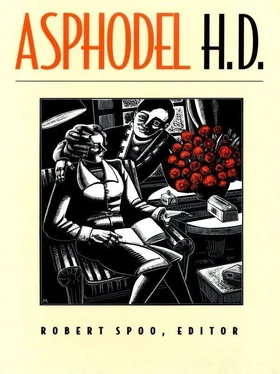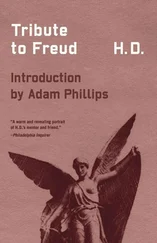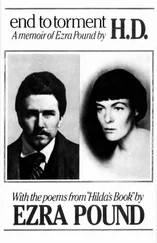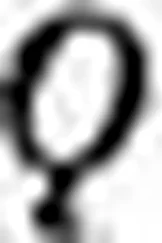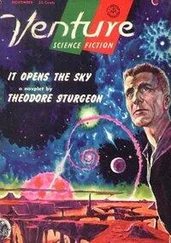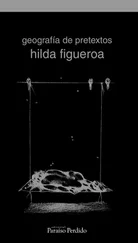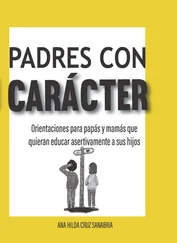Clara Rabb (1.1): Julia Vanness Gregg (d. 1941), the mother of Frances Gregg. A widowed schoolteacher, she and Frances lived in North Philadelphia when H.D. came to know them.
Fayne (Josepha) Rabb (1.1): Frances Josepha Gregg (1884–1941), H.D.’s companion in Philadelphia. H.D. met her around 1910 and fell in love with her, later writing that Gregg “filled the gap in my Philadelphia life after Ezra was gone, after our ‘engagement’ was broken” ( End to Torment , ed. Norman Holmes Pearson and Michael King [New Directions, 1979], p. 8). H.D. and Gregg were introduced by Pound to London literary circles in 1911, and Gregg had a minor career as a writer, publishing poetry and prose in Poetry, The Forum, The New Freewoman , and elsewhere. Although hurt by Gregg’s sudden marriage to Louis Wilkinson, H.D. remained in contact with her in later years. Gregg was killed with her mother and daughter in the bombing of Plymouth in 1941.
Vérène Raigneau (1.3): Thérèse Chaigneau (1876–1935?), a distinguished French pianist (H.D. makes her a cellist) “known in Parisian music circles for having organized the Concerts-Chaigneau (which promoted old and new music with participants such as Jacques Thibaud, Lucien Capet, and Marya Freund) and as a member of the Chaigneau trio, with her sisters Suzanne and Marguerite — violinist and cellist” (Charles Timbrell, “Walter Morse Rummel, Debussy’s ‘Prince of Virtuosos,’ ” Cahiers Debussy , no. 11 n.s. [1987]: 25). Before World War I, she performed with Walter Rummel, Harold Bauer, Pablo Casals, and others. She and Rummel were married in July 1912; they divorced in 1925. Chaigneau apparently suffered a mental collapse around 1918 and was institutionalized. Her father, Ferdinand Chaigneau, was a successful painter of the Barbizon School whose painting Cattle by Moonlight hung in the Luxembourg at the time of H.D.’s first visits to Paris.
Rallac (1.3): probably Edmund Dulac (1882–1953), noted artist and illustrator and friend of W. B. Yeats. Walter Rummel and Thérèse Chaigneau knew Dulac and his wife and stayed with them in London in May and June 1915 (see Colin White, Edmund Dulac [New York: Charles Scribner’s Sons, 1976], p. 76). In the same year, Dulac did a striking portrait of Rummel. Stories from Hans Andersen (London: Hodder & Stoughton, 1911) contains illustrations by Dulac, including several evocative ones for the story “The Mermaid.”
Beryl de Rothfeldt (2.10): Bryher (Annie Winifred Ellerman) (1894–1983), daughter of the wealthy British shipping magnate Sir John Ellerman. An admirer of H.D.’s poetry, Bryher sought an introduction to her in 1918. The two became friends, and Bryher provided support to H.D. during the later stages of her pregnancy. After an initially intense emotional phase that lasted into the early 1920s, she and H.D. settled into a lifelong companionship punctuated by intervals of separation, living in London and Switzerland and travelling widely with the help of Bryher’s funds. Bryher’s diverse writings include poetry, autobiographical and historical novels, literary and film criticism, and memoirs such as The Heart to Artemis (1962), which contains an account of her meeting with H.D. and their life up to the outbreak of World War II. She founded a film company with her second husband Kenneth Macpherson and published the review Life and Letters Today .
Shirley Thornton (1.13): Margaret Lanier Cravens (1881–1912), born into a wealthy family in Indiana, went to Paris in 1907 to pursue her musical interests, studying piano with Ravel, Harold Bauer, and possibly Walter Rummel and Thérèse Chaigneau. Rummel introduced her to Ezra Pound in 1910, and she became Pound’s friend and secret patron. Probably through Pound, H.D. met Cravens in May 1912, if not before, and visited her at her Right Bank apartment. Personal frustrations, depression, and a history of suicide in the family led to Cravens’s suicide on June 1, 1912. Cravens had invited H.D. to tea for the afternoon of June 2, and H.D. learned about her death from the maid at the apartment door. Cravens had not married.
The mention of a “Miss Thornton” (1.11), president of “Lyn Mawr” when Hermione was there, presumably alludes to Martha Carey Thomas, president of Bryn Mawr during H.D.’s enrollment. This Miss Thornton should not be confused with Shirley Thornton.
Nellie Thorpe (1.9): Nellie Thorpe is the character who introduces Hermione to Fayne Rabb in Her . Nellie’s sister Jessie (who is called Mira in Asphodel ) is said to have won a Paris art prize. In the typescript of Her , H.D. identified Nellie as “Mary — (?) (friend of Frances [Gregg]).” Nellie Thorpe may be modelled on Mary Herr (1885–1960), a lifelong friend of H.D.’s from her college days. Mary was in the Class of 1909 at Bryn Mawr and majored in German and English. Susan Stanford Friedman has written that H.D. met Frances Gregg “through her college friend Mary Herr, probably in 1910” (“Hilda Doolittle [H.D.],” Dictionary of Literary Biography , vol. 45 ( American Poets, 1880–1945 ), ed. Peter Quartermain [Detroit: Gale Research Company, 1986], p. 120). H.D. maintained an affectionate correspondence with Mary and made a point of seeing her when she visited America in later years.
Barbara Guest claims, however, that H.D. and Frances Gregg were “introduced by Nan Hoyt, a mutual friend. Hoyt appears in HERmione as Nellie Thorpe” ( Herself Defined: The Poet H.D. and Her World [Garden City, NY: Doubleday, 1984], p. 22). In her article “Hilda Doolittle and Frances Gregg,” Penny Smith mentions an Amy Hoyt who was a friend of Frances Gregg ( The Powys Review , no. 22 [1988]: 48).
Captain Ned Trent (2.3): probably Captain James Robert (Jack) White (1879–1946), son of a famous British general of the Boer War. White helped organize the Irish Citizen Army in Dublin in 1913, worked with the Red Cross in France in World War I, and engaged in various pro-Irish activities. He was the original of Jim Bricknell in Lawrence’s Aaron’s Rod (see Harry T. Moore, The Priest of Love: A Life of D.H. Lawrence , rev. ed. [Penguin, 1981], pp. 364–65).
Cyril Vane (2.6): Cecil Gray (1895–1951), a Scottish composer and music critic who was among H.D.’s circle of friends during World War I. In the spring of 1918 H.D. joined Gray at his house at Bosigran Castle in Cornwall and by August learned she was pregnant with his child. They grew distant after this point, and later attempts on the part of H.D.’s friends to persuade him to contribute to the child’s support were unavailing.
